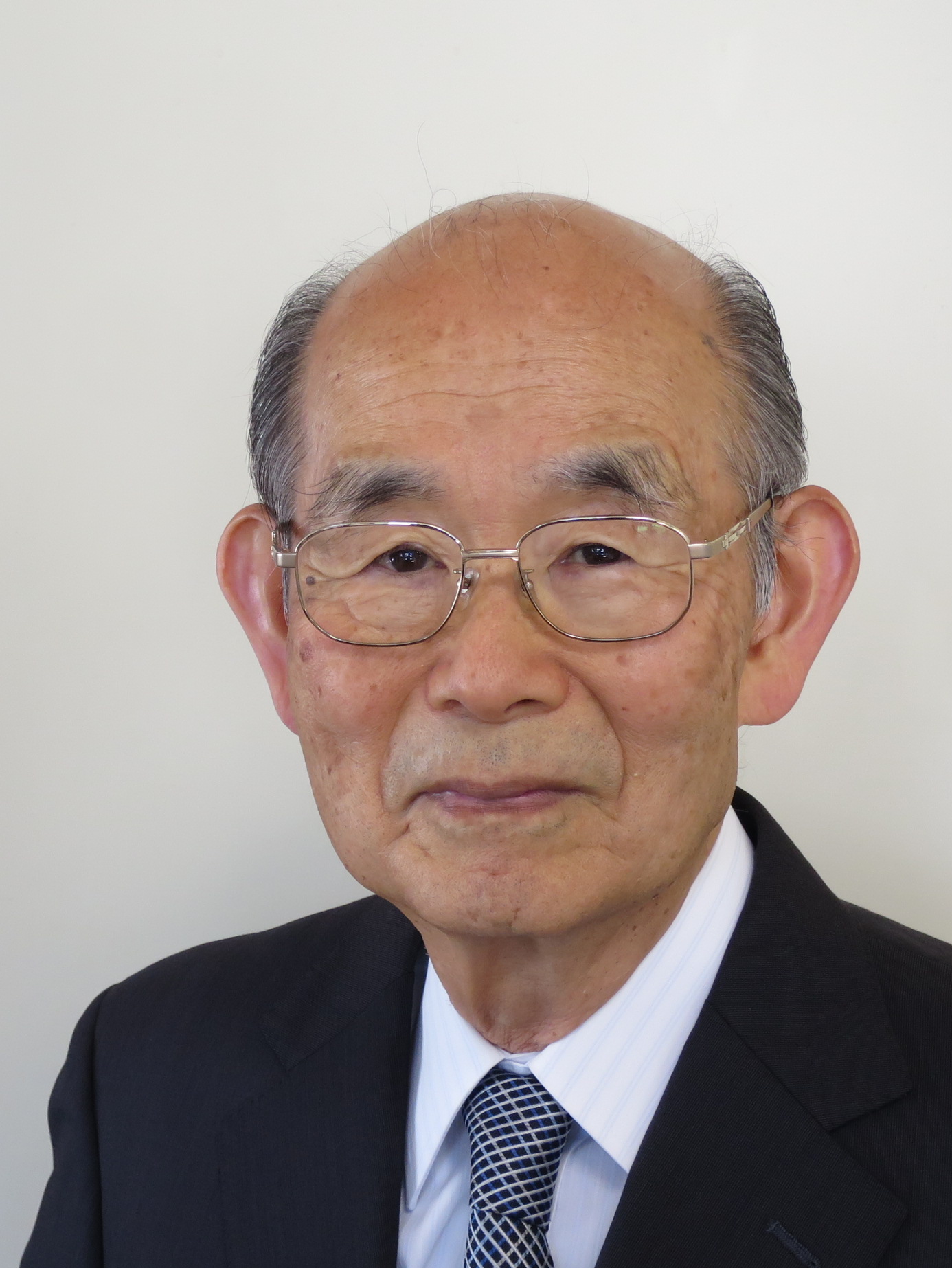2021 Recipients of C&C Prize
Group A

Dr. Kunihiko Fukushima
Senior Research Scientist, Fuzzy Logic Systems Institute
Citation
For Contributions to the Development of Artificial Intelligence with Pioneering Research that Applied Principles of Neuroscience to Engineering through Invention of Neocognitron, a Hierarchical Neural Network Model of the Visual Cortex of the Brain
Achievements
Artificial intelligence is a technology that artificially replicates the intelligent behavior of humans such as image and voice recognition, language understanding, reasoning, and problem solving. The term artificial intelligence was first adopted in 1956, and interest in it greatly increased in the sixties and eighties. The computers of those eras, however, were low in capability, and only limited data were available, AI had no practical use in the real world. At the start of the 2000s, the third generation of AI experienced an upturn in popularity, dramatic developments were made, and the use of AI was finally well underway. The reason for this was at the 2012 ImageNet Large Scale Visual Recognition Challenge (ILSVRC), Geoffrey Hinton (recipient of the 2016 C&C Prize) and his team used a deep convolutional neural network (CNN) and achieved an error rate of 16.4%, which was approximately 10% better than that of the second-best system. With this as a turning point, CNN research gathered momentum, and advancements were made in the real-world applications of AI. Dr. Fukushima’s neocognitron, a hierarchical neural network model, was the first step in CNN that brought about this breakthrough in AI.
In 1958, Dr. Fukushima started working for the Japan Broadcasting Corporation (NHK). At the NHK Technical Research Laboratories, he first engaged in research on television bandwidth compression, namely, efficient coding of television signals. In 1965, he moved to the NHK Broadcasting Science Research Laboratories and started research on brain science in collaboration with other scientists working in the field of neurophysiology and psychology. Dr. Fukushima aimed to build neural network models of the visual cortex of mammalian brains. Inspired by the experiments by neurophysiologists, David Hubel and Torsten Wiesel, on the primary visual cortex of cats and monkeys, he proposed artificial neural networks with hierarchical architecture and carried out simulations. Incidentally, in the 1960's, an artificial neural network called three-layered perceptron was very popular. Although it was expected that the ability of perceptrons would be increased if the number of layers were increased, no good method for training multi-layered networks was known at that time. In 1975, Dr. Fukushima proposed a principle of competitive learning, and invented a multi-layered artificial neural network, named "cognitron". The cognitron, in which cells compete with each other, can learn "without a teacher". However, the cognitron had difficulty in recognizing patterns if the input patterns were distorted in shape or shifted in position.
In 1979, by leveraging his knowledge of the visual cortex as a starting point, Dr. Fukushima invented a hierarchical neural network model, in which layers of S-cells, which extract visual features of the input pattern, are alternated with layers of C-cells that tolerate or absorb any deformations in the extracted features. He named it the "neocognitron". The neocognitron has the ability of self-organization and learns to recognize various patterns including those in text, geometric forms, and half-tone images. The neocognitron has the ability of generalization and can recognize even unlearned patterns correctly if the patterns are similar to ones learned before. It has a wide range of applications, such as recognizing hand-written text and deformed shapes. At that time, however, insufficient computational power made it difficult to use neocognitron for practical use, and the neocognitron sadly was not used for more than basic research during that time.
In 1989, Dr. Fukushima became a professor at Osaka University. While working at several research organizations after that, he continued with his research on the neocognitron. The neocognitron continues to be improved and has proven its high capability as a pattern recognition system with practical use. Currently working from home, Dr. Fukushima continues to further improve the neocognitron and continues research into the realization of artificial intelligence that can learn with small datasets.
Dr. Fukushima has been a world pioneer and a leader in research for many years in the field of neural networks. With his efforts to create a place where interdisciplinary discussions can be held on everything from a wide range of sciences, including physiology and information engineering, to the functions of the brain, he became the first president of the Japanese Neural Network Society, founding member on the Board of Governors of the International Neural Network Society, and the chair of the Asia-Pacific Neural Network Assembly as well as many other positions.
The hierarchical convolutional neural network, or the neocognitron, was first proposed by Dr. Fukushima more than forty years ago, and it has greatly contributed to the development and practical applications of artificial intelligence today. In view of his visionary and ground-breaking achievements, we believe that Dr. Fukushima would be a deserving recipient of the C&C Prize.
